Key takeaway
- Standard deduction is the fixed amount of money that can be taken out of your income before taxes. The amount varies between ages and status such as single, married, head of household, old or blind.
- The standard deduction for tax year 2023 is $13,850 if you file as single, $27,700 if you file jointly with your spouse, or $20,800 if you file as head of household.
What are tax deductions?
When you pay taxes, you can reduce the amount of income that is subject to tax by claiming certain expenses. These expenses are called “tax deductions”.
You have two options for claiming tax deductions: you can either add up all of your eligible expenses and show proof of them to the IRS if they ask, or you can simply take a fixed amount that the IRS allows you to deduct without any proof.

Standard deduction Explained.
Standard deduction is the fixed amount of money that can be taken out of your income before taxes. The amount varies between ages and status such as single, married, head of household, old or blind. Since most US taxpayers use the standard deduction, it is a simple and convenient option that does not require any proof of expenses.
However, itemized deductions may save you more money in some cases, depending on how much you spent on certain deductible expenses.
Itemized deductions are expenses that you can deduct from your income if they meet certain criteria. Some common itemized deductions are mortgage interest, state and local taxes, charitable contributions, medical expenses, and casualty losses.
You may also be interested in:
Which deduction should you choose?
The tax deduction is the amount of income that you can subtract from your taxable income before calculating your tax liability. You can either take the standard deduction or itemize your deductions, depending on which one gives you a bigger benefit.
Illegible for standard deduction
Not all tax payer are eligible, these special cases are:
- Are married and filing separately and your spouse itemizes their deductions.
- Are you a nonresident or have dual-status as an alien for the year
- File a return for less than 12 months because you change your annual accounting period
- Are a trust, common trust fund, partnership, or an estate
However, certain individuals who were nonresident aliens or dual status aliens during the year may take the standard deduction in the following cases:
- A nonresident alien married to a U.S. citizen or resident who elects to be a U.S. resident for the whole year;
- A nonresident alien at the beginning of the tax year who is a U.S. citizen or resident by the end of the tax year, is married to a U.S. citizen or resident at the end of such tax year, and makes a joint election with his or her spouse to be treated as a U.S. resident for the entire tax year; and
- Students and business apprentices who are residents of India and are eligible for benefits under paragraph 2 of Article 21 (Payments Received by Students and Apprentices) of the United States-India Income Tax Treaty

Information You Need for standard deduction
The IRS has a tool to calculate called How Much Is My Standard Deduction? Which only need 5 minute to fill
- Your date of birth, your spouse’s date of birth, and filing status.
- Basic income information including amounts and adjusted gross income.
Read more: Check out the Section 179 Deduction Vehicle List 2024 to start saving money and reducing your bills immediately!
Standard Deduction amounts
Standard amounts 2023 compared to 2022
The fixed amount that varies by your filing status, age, and whether you are blind or claimed as a dependent by someone else. It is adjusted for inflation every year by the IRS. For 2023, the amounts are.
| Filing Status | Standard Deduction 2023 | Standard Deduction 2022 |
| Single; Married Filing Separately | $13,850 | $12,950 |
| Married Filing Jointly; Qualifying Widow(er) | $27,700 | $25,900 |
| Head of Household | $20,800 | $19,400 |
Additional Standard amounts
If you are 65 or older, or blind, you can add an extra amount. For 2023, the additional amounts are:
| Filing Status | Additional Amount for Age 65 or Older | Additional Amount for Blindness |
| Single; Married Filing Separately | $1,850 | $1,850 |
| Married Filing Jointly; Qualifying Widow(er) | $1,500 (per spouse) | $1,500 (per spouse) |
| Head of Household | $1,850 | $1,850 |
For example, if you are single, 68 years old, and blind, your standard deduction for 2023 would be $13,850 + $1,850 + $1,850 = $17,550.
The Additional Deduction amount compared to 2022 has increased by 100$ each category. You cannot claim the standard deduction if you are married and file separately from your spouse who itemizes deductions, or if you are a nonresident alien or a dual-status alien.
Itemized deductions are expenses that you can deduct from your income if they meet certain criteria. Some common itemized deductions are mortgage interest, state and local taxes, charitable contributions, medical expenses, and casualty losses.
The IRS provides tax tables and worksheets to help you calculate your tax liability based on your taxable income and filing status. You can also use online tax software or hire a professional tax preparer to assist you with your tax return.
Frequently Asked Questions
Can I use both standard deduction and itemized deduction at the same time?
No, you must choose one of the other, preferably the one the one that makes your taxable income lower. Allowing both deductions would create an unfair advantage for some taxpayers over others who have less or no deductible expense.
Why do the standard deductions change each year?
The standard deduction amount changes every year to keep up with inflation. You should always check the current standard deduction before you file your taxes.
How do tax deductions differ from tax credits?
Tax deductions reduce taxable income, while tax credits directly reduce the tax liability. Both deductions and credits help lower the amount of taxes owed, but tax credits usually result in more substantial tax savings as they offer a dollar-for-dollar reduction in taxes.
The IRS provides tax tables and worksheets to help you calculate your tax liability based on your taxable income and filing status. You can also use online tax software or contact with our tax expert here at XOA TAX today.
Sources: irs.gov


























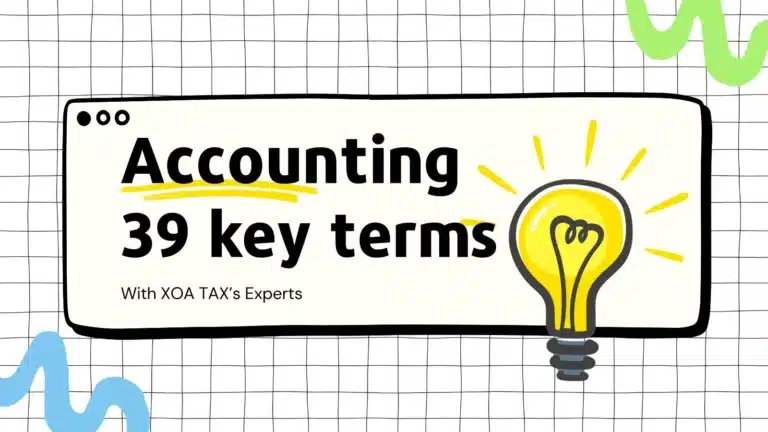


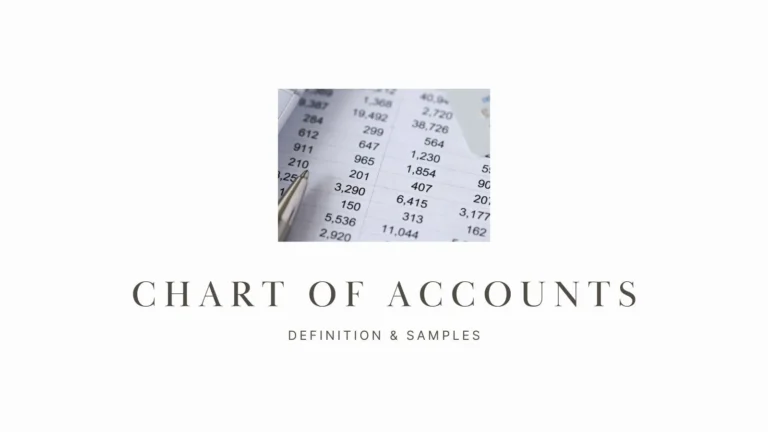









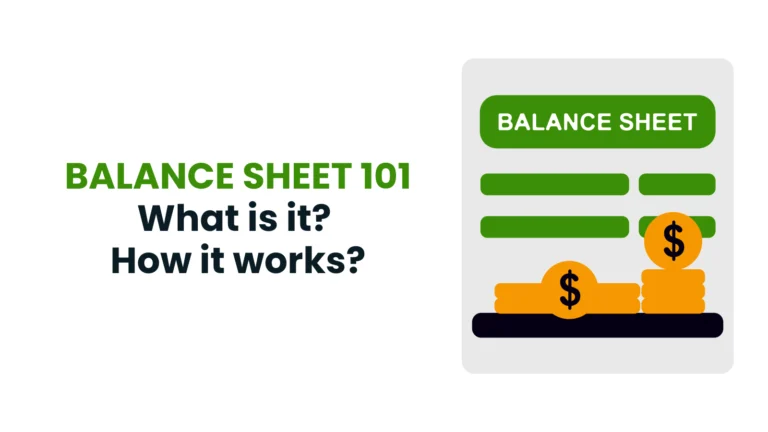






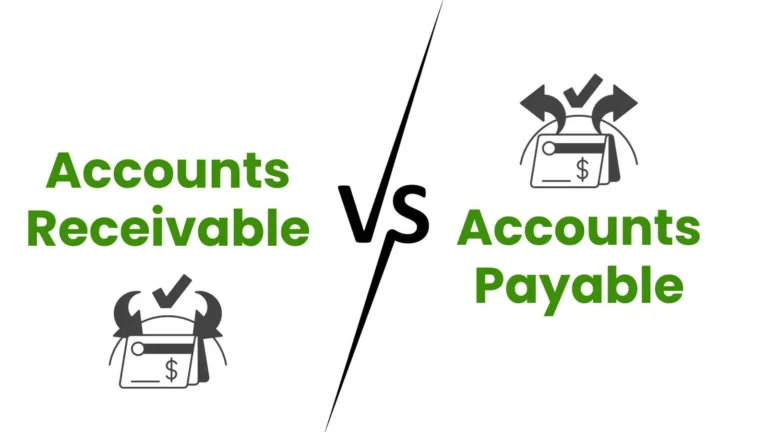



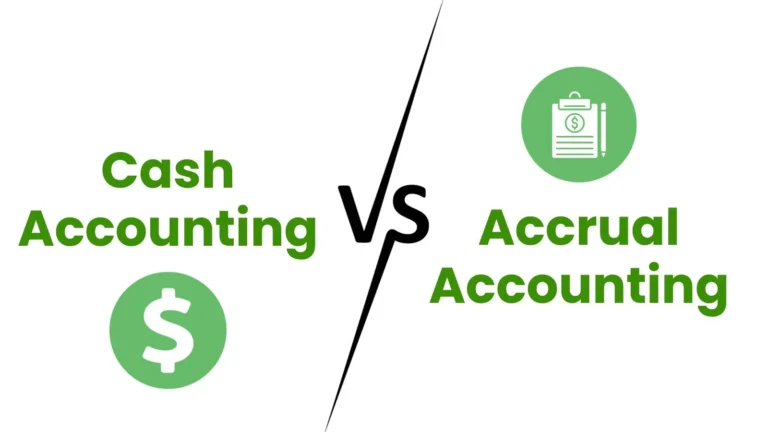




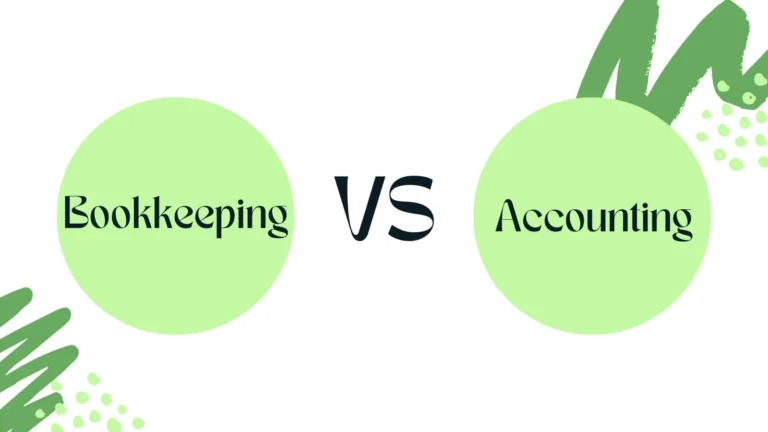






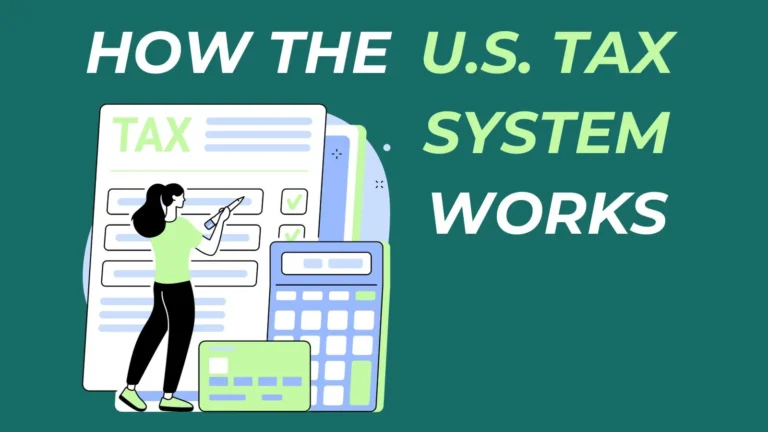














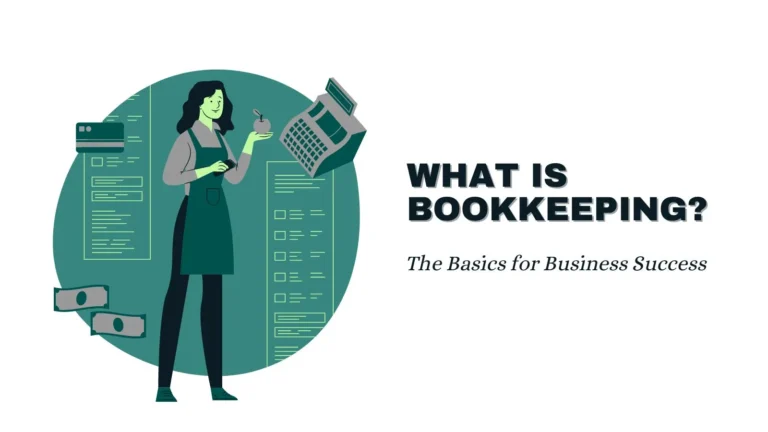








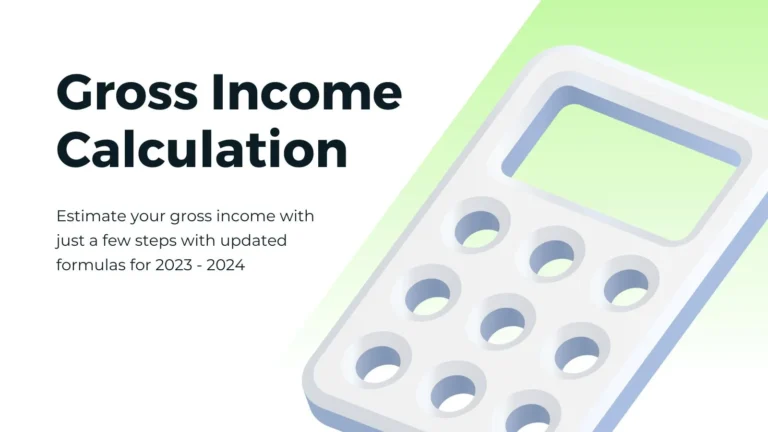
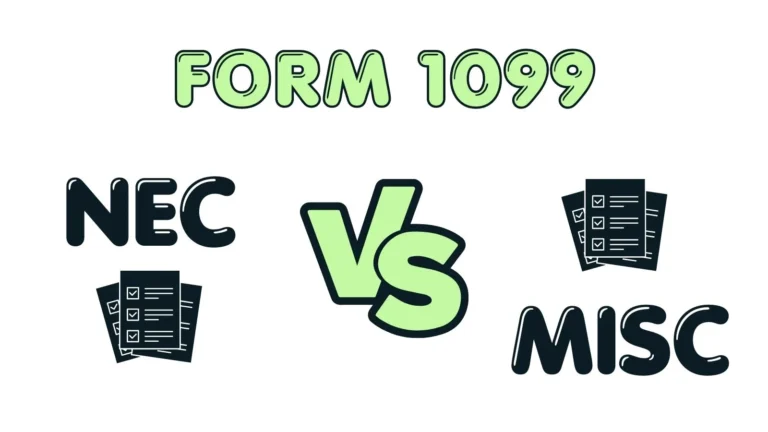


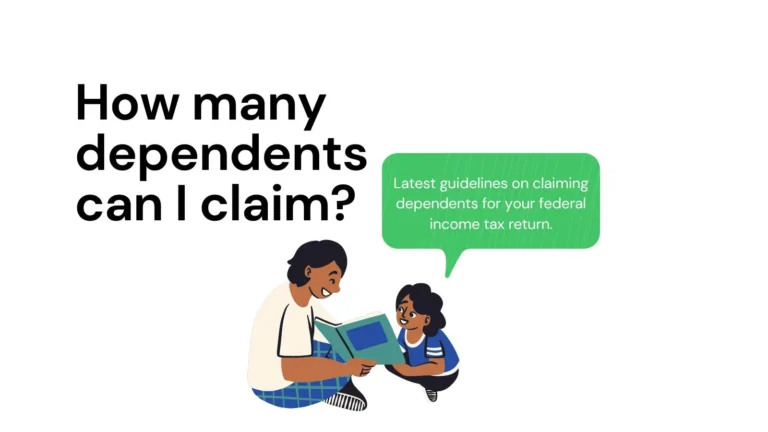
















 anywhere
anywhere  anytime
anytime